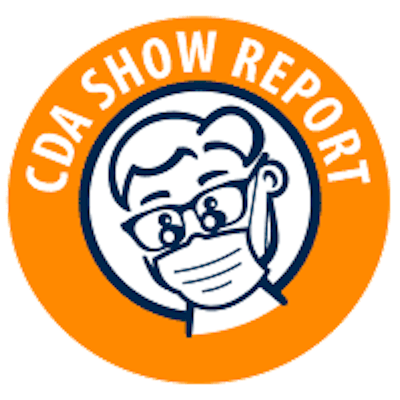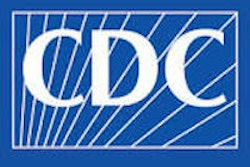
The challenges that dentists face with pain control were on full display during a presentation by Steven Ganzberg, DMD, at the California Dental Association's CDA Presents conference in San Francisco last week.
During the presentation, he offered drug facts, caution, and guidance for those in attendance. Much of what science knows about pain has been gathered in recent years. "Descartes suggested that pain was felt in the brain and not at the site of the injury in the 1600s," said Dr. Ganzberg, a clinical professor of diagnostic and surgical sciences and dental anesthesiology at the University of California, Los Angeles School of Dentistry. "Then finally, in 1965, gate control theory surfaced."
This began the modern era of pain research. "An immense amount of data has been gathered in the last 50 years," he noted.
Now, the International Association for the Study of Pain defines pain as "an unpleasant sensory and emotional experience associated with actual or potential tissue damage," Dr. Ganzberg explained. "If dentists don't know about this, then I don't know who does. We do more procedures on patients that are awake than any other."
Fear of the dentist can lead to real sensations of pain before a procedure in the mouth even begins, making the treatment that dentists provide trickier than many other professions in medicine.
"There's an emotional component associated with this," Dr. Ganzberg continued, emphasizing the "potential tissue damage" phrase in the definition of pain. "You don't even have to actually hurt someone! Dentists know this!"
At the next moment in the presentation, he asked who in the audience has put a spinning handpiece next to the tooth of a patient without touching it, and yet they jump. A significant portion of the audience raised their hands, affirming his point.
“The anticipation is as significant as the procedure, because the same thing is happening in the brain.”
"The anticipation is as significant as the procedure, because the same thing is happening in the brain," Dr. Ganzberg explained, something that dentists should be aware of.
Any pain presentation relating to dentistry would be incomplete without touching on third-molar extractions, and Dr. Ganzberg covered this topic as well. He explained that, per the literature, 400 mg of ibuprofen was an ideal drug for postoperative dental extraction pain. In addition, nonsteroidal anti-inflammatory drugs (NSAIDs) were significantly more efficacious than acetaminophen and codeine combinations, according to a meta-analysis of 294 articles published from 1975 to 1996. A Cochrane review of 35 pre-existing analyses yielded similar results.
For take-home prescriptions, Dr. Ganzberg recommended NSAIDs as a "first-line analgesic." For moderate pain, use 400 mg or 600 mg of ibuprofen, 440 mg of naproxen, or other NSAIDs, he said. When it came to moderately severe pain, he recommended 10 mg of oxycodone plus 325 mg of acetaminophen.
During his presentation, he touched on the issue of opioid addiction. "There is minimal concern over dependence when prescribed short term for acute pain," he said, but also noted that "dentists are some of the worst prescribers of hydrocodone." While it has an analgesic effect, oxycodone "has more of an effect than hydrocodone."
Sniffing out those who are trying to get drugs for unscrupulous reasons is tricky, but Dr. Ganzberg noted the value of intuition. "It may be that for some people, Percocet is better than hydrocodone," he said. "But if you think you're being scammed, the chances are you are."
Pain management with individuals who are addicted to opioids is very challenging, Dr. Ganzberg noted. "Opioids just don't work for addicted people; you have to work with them," he cautioned. "NSAIDs are probably your best bet. There are ways of managing these patients, and it's very complex."
He also addressed the potential issues that can stem from taking acetaminophen. "It is the leading cause of liver failure," Dr. Ganzberg warned. "And the No. 1 cause of hepatic failure in kids."


















